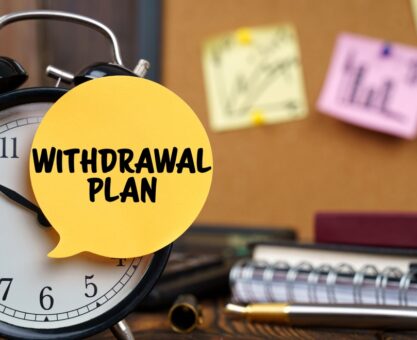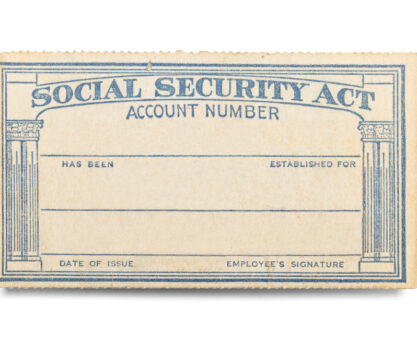During your working years, the traditional advice is to have enough money in your emergency fund to cover three to six months of your living expenses. Then again, in retirement, you’ll need considerably more for any number of financial curveballs including one you may not have considered: a downturn in the stock market.
In A Bear Market, Your Thrift Savings Plan (TSP) Takes A Hit
When there’s a stock market downturn, taking distributions from your TSP shrinks your nest egg even more. And if those withdrawals come from your traditional TSP, you’ll also owe income taxes, taking an even bigger hit. When you have an emergency fund, you can use it to help cover living expenses and leave your TSP alone while the stock market rebounds. And you don’t have to pay taxes on withdrawals from your emergency fund. In fact, some financial experts advise building an emergency fund to cover 18 to 24 months of living expenses to mitigate the impact of a volatile stock market.
An Emergency Fund Covers The Wait For Your Pension Check
The OPM typically takes several months to process your application for an immediate retirement and there’s usually a backlog during the end of the calendar year. Since there’s not much you can do to speed up the process, you may find yourself struggling with a short-term income gap. Without an emergency fund, you’ll likely need to tap into your TSP to cover expenses until you start receiving interim payments around your third month into retirement.
“An emergency fund can cover a range of unexpected costs while your TSP balance can be left to grow.”
Your TSP Was Never Meant To Cover Emergencies
In addition to your FERS pension and Social Security benefit, your TSP is a source of retirement income intended to last a lifetime. When you use it to cover rainy-day expenses, you’re putting your long-term financial security at risk. An emergency fund can cover a range of unexpected costs while your TSP balance can be left to grow.
Types Of Accounts To Consider For Your Emergency Fund
In addition to using a traditional bank account, other options for keeping money in an emergency fund include:
- High-Yield Savings Account: Although most high-yield accounts are offered by online banks you can transfer funds to an account in a brick-and-mortar bank and then make a withdrawal.
- Money Market Account: Money market accounts also offer a higher yield and some come with a debit card or checks you can use when an emergency arises.
- Roth IRA: You can withdraw your contributions from your Roth IRA at any time with no penalty.
To learn more, connect with an FRC® trained advisor.
























